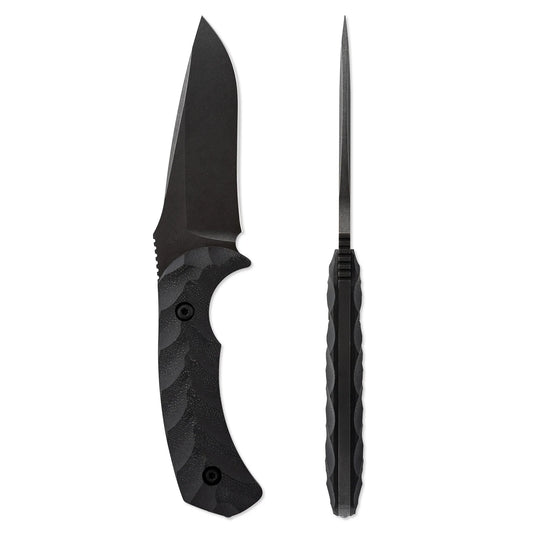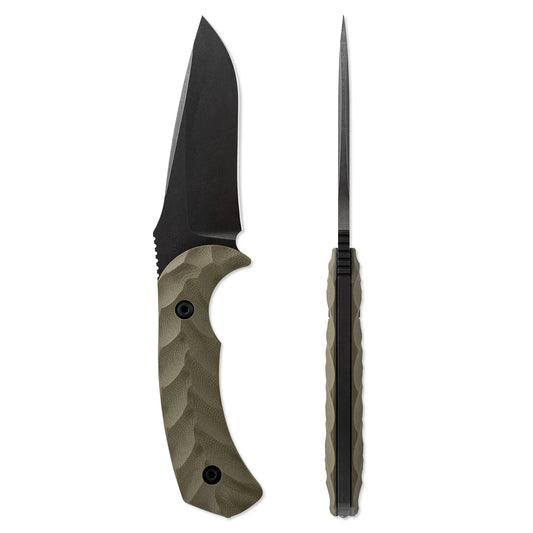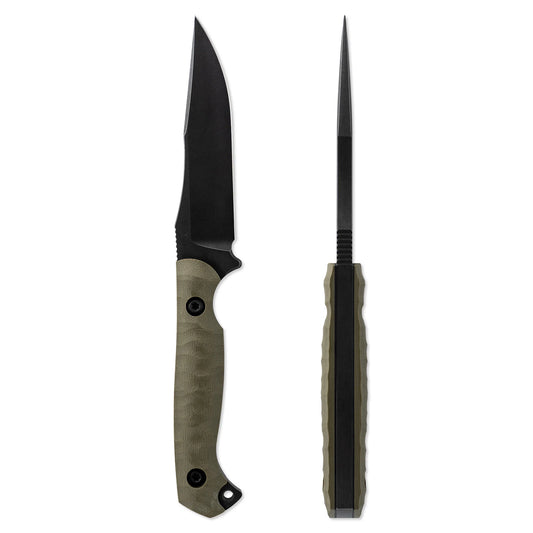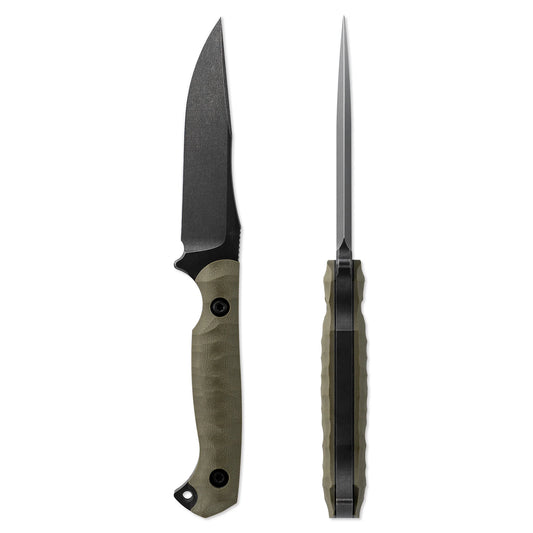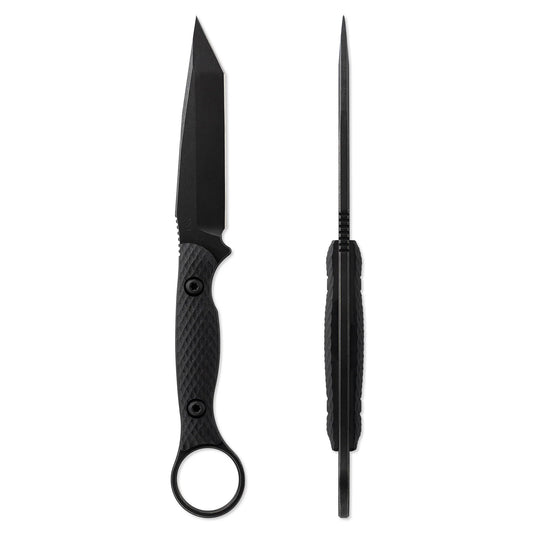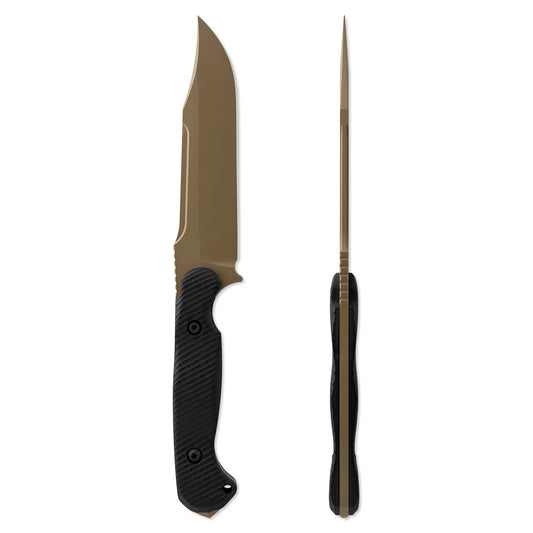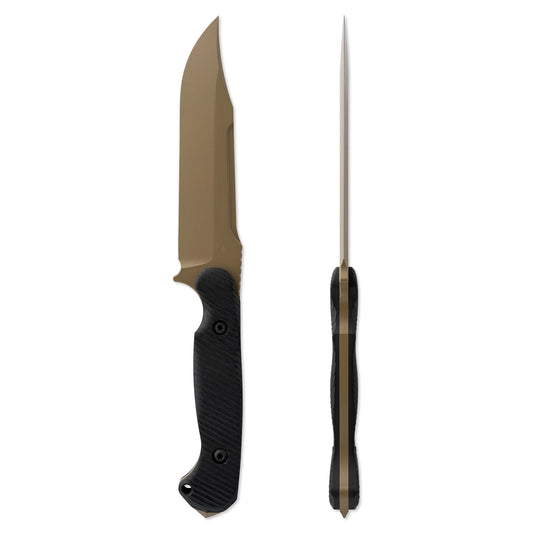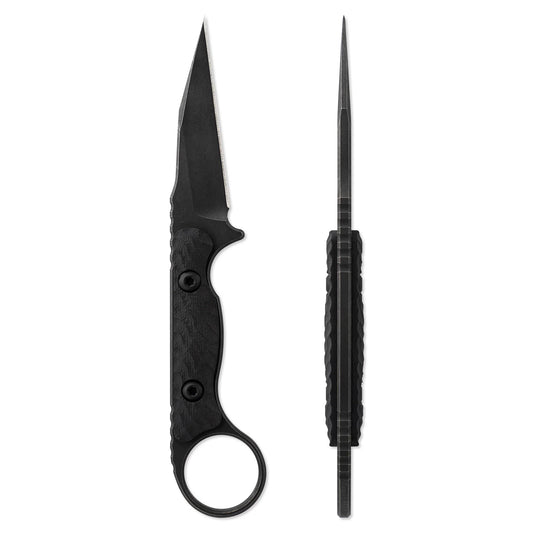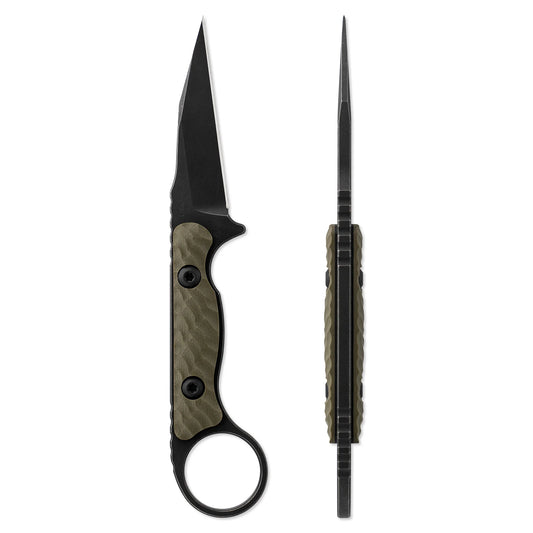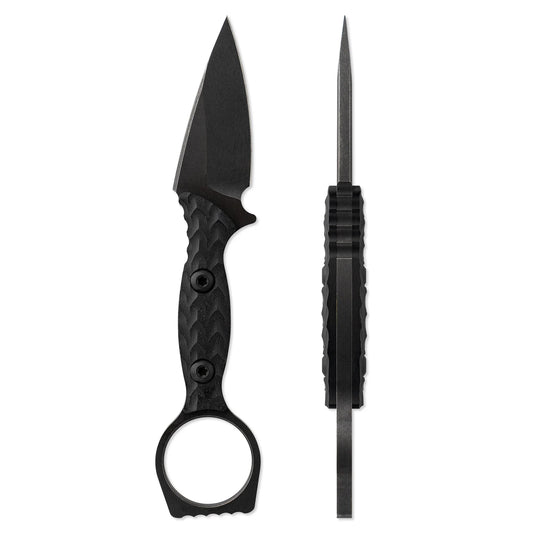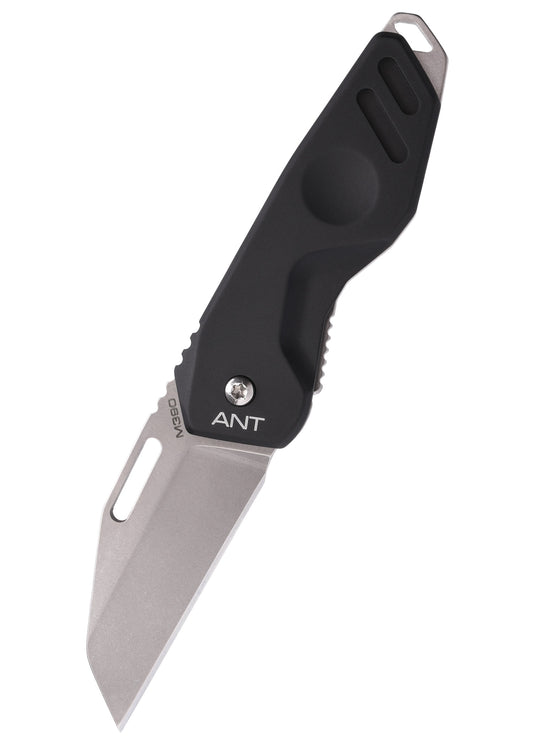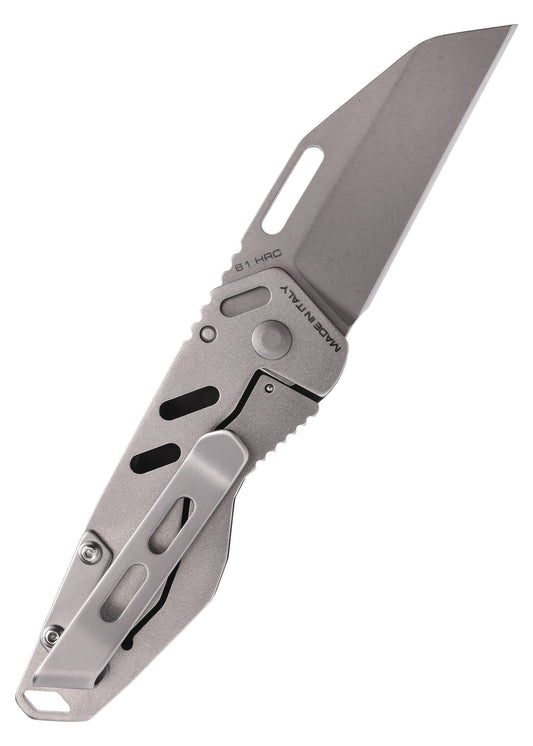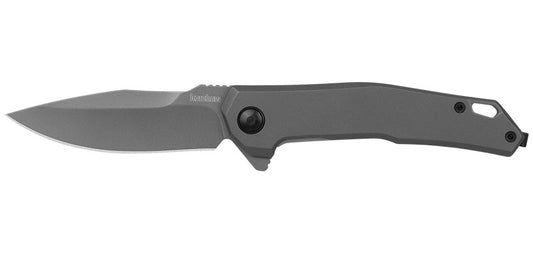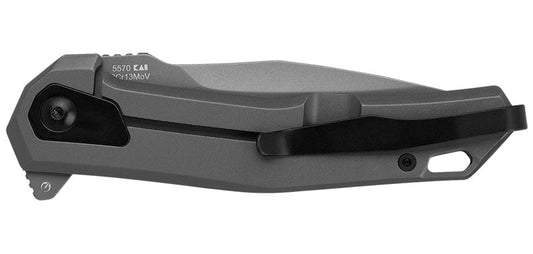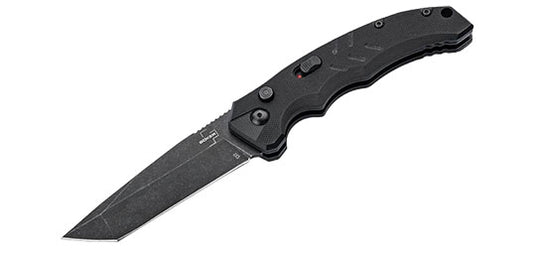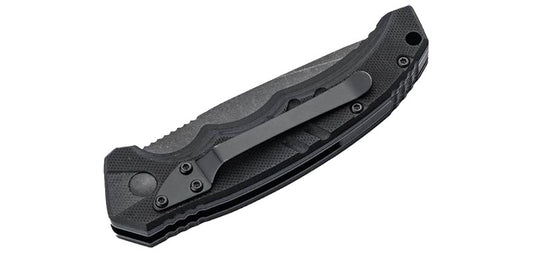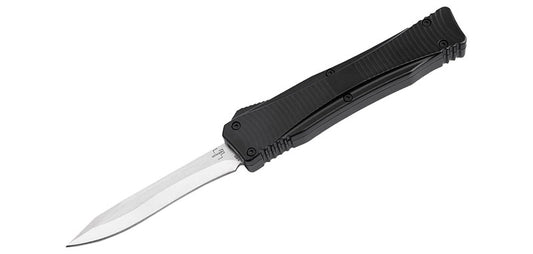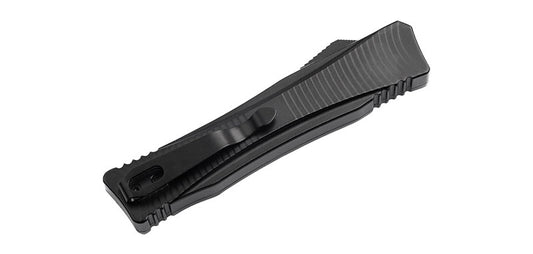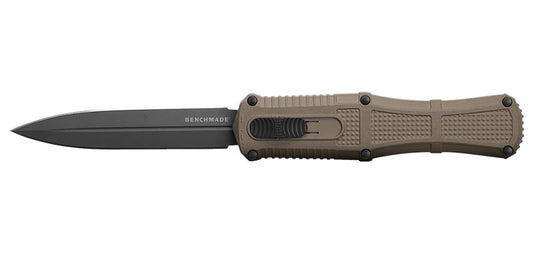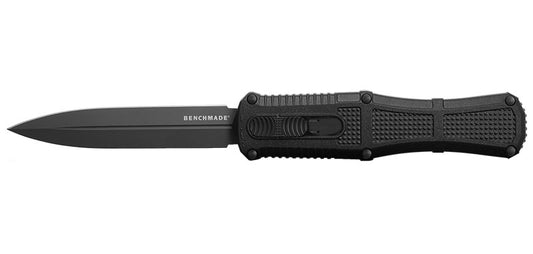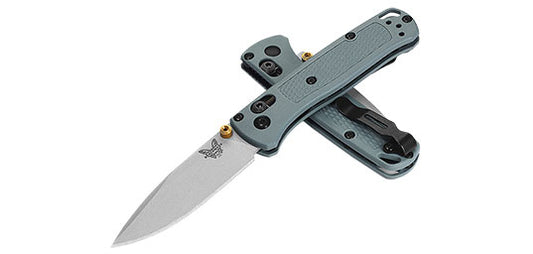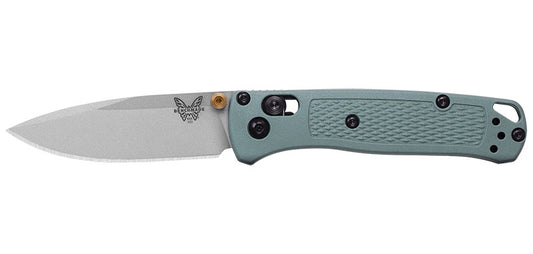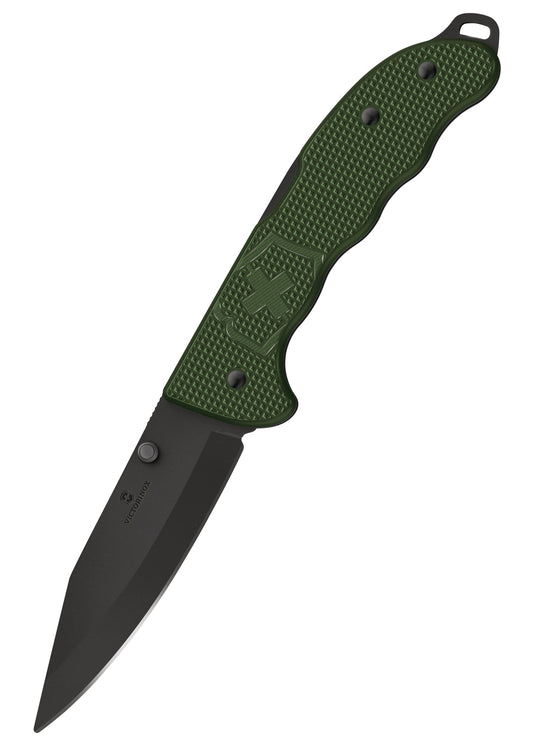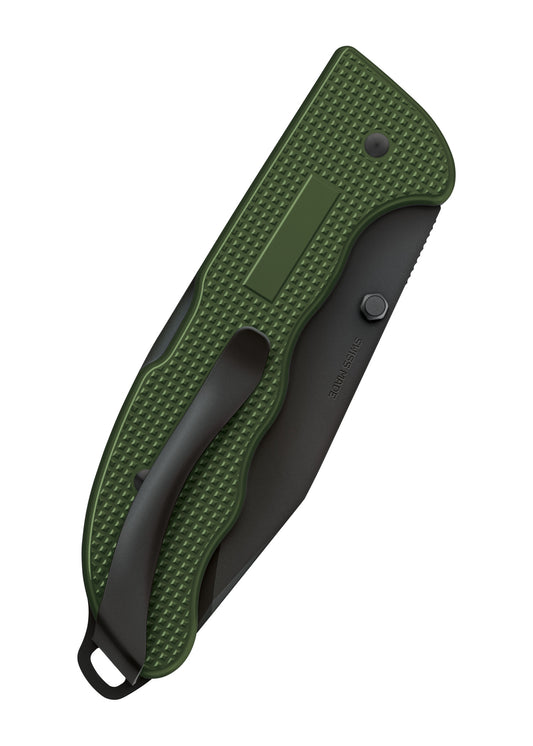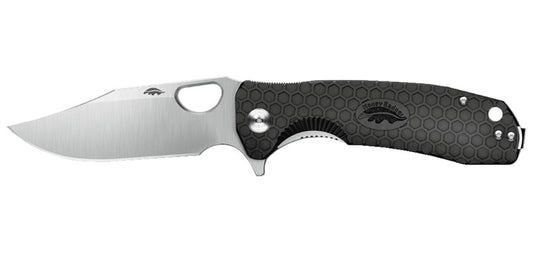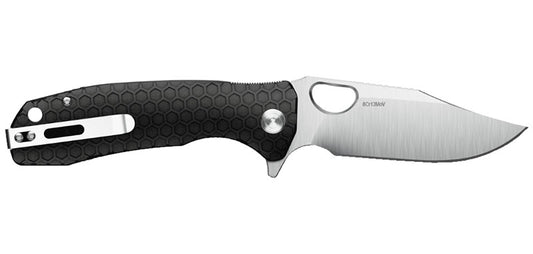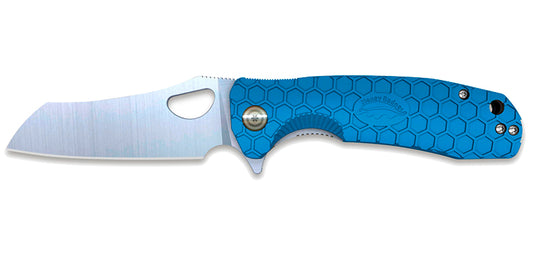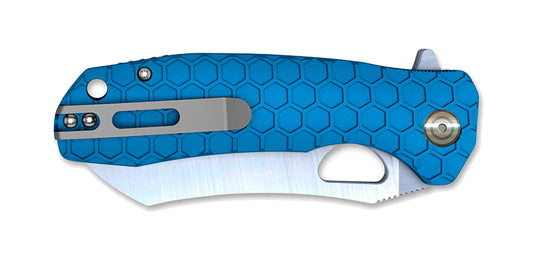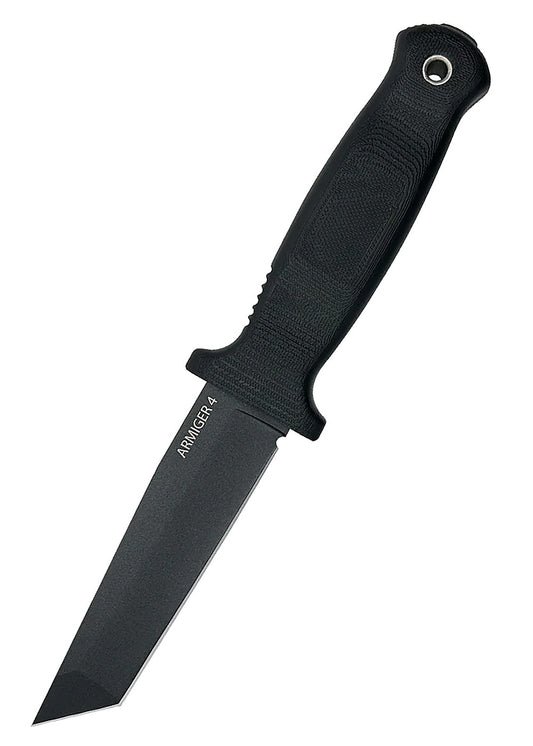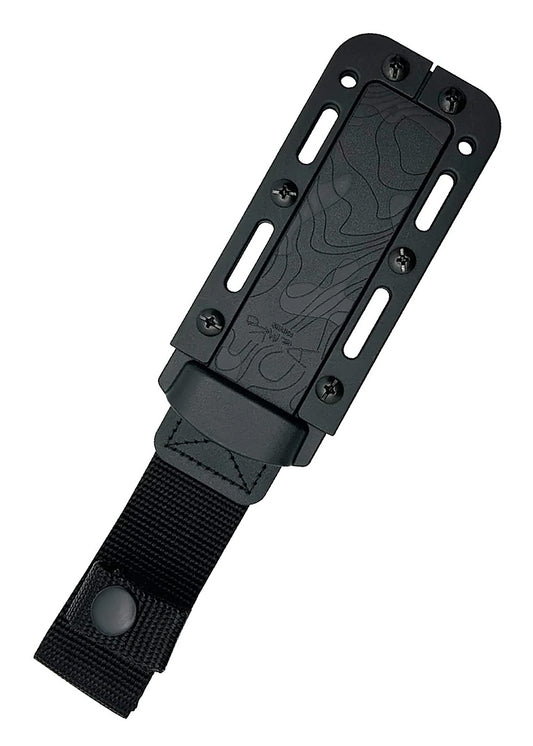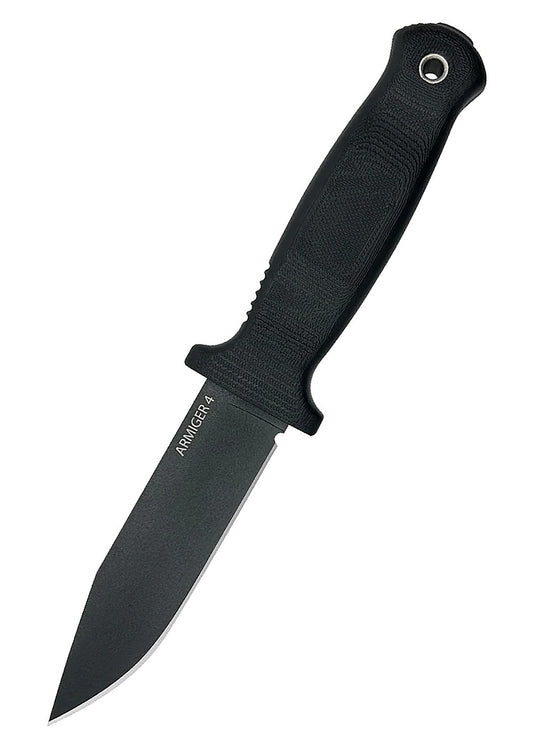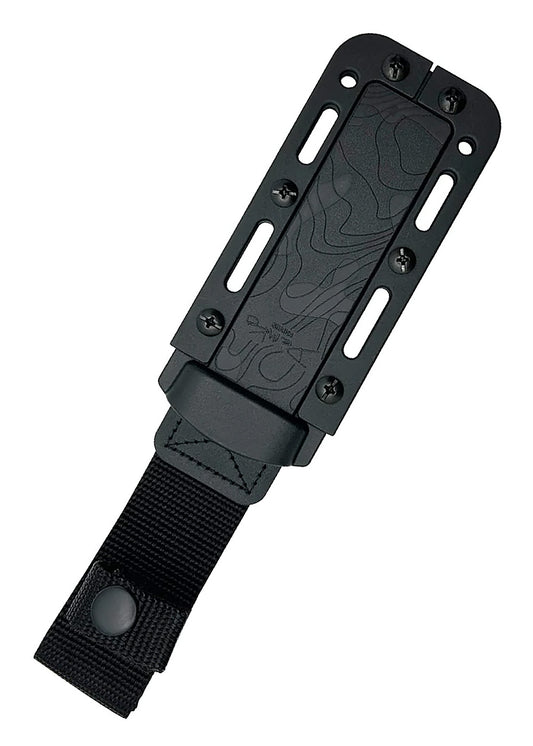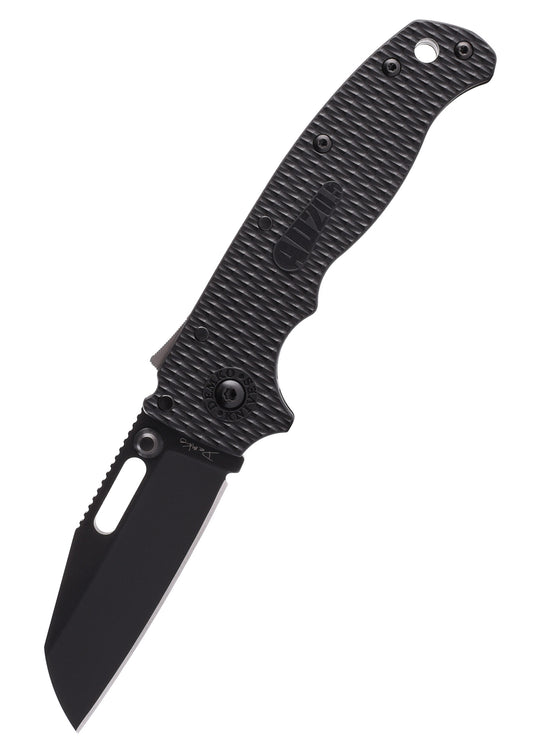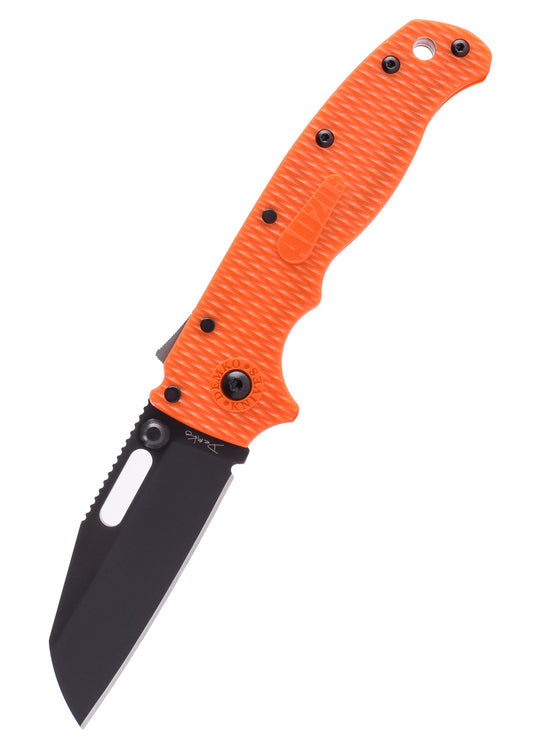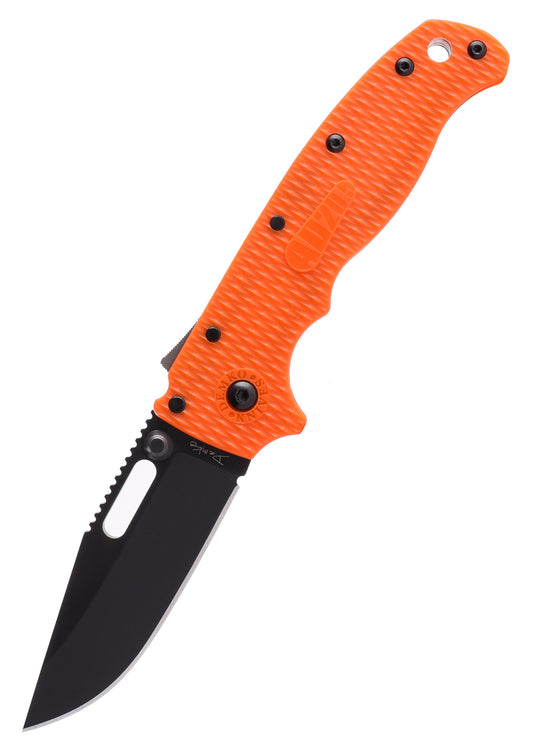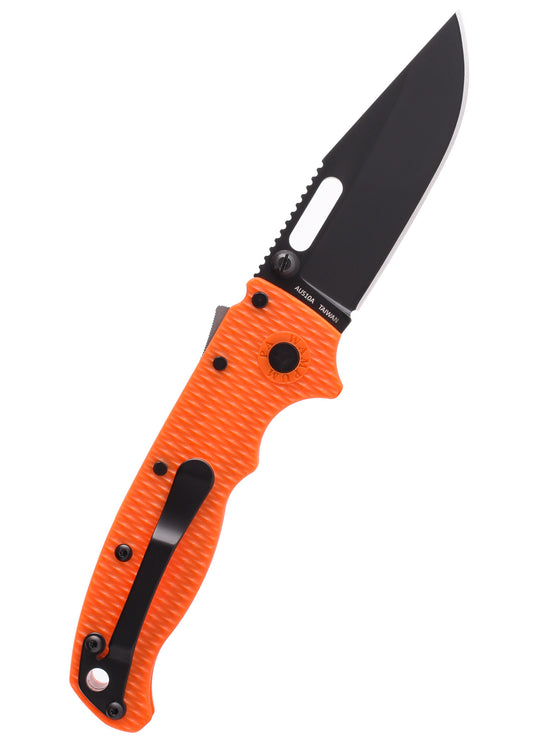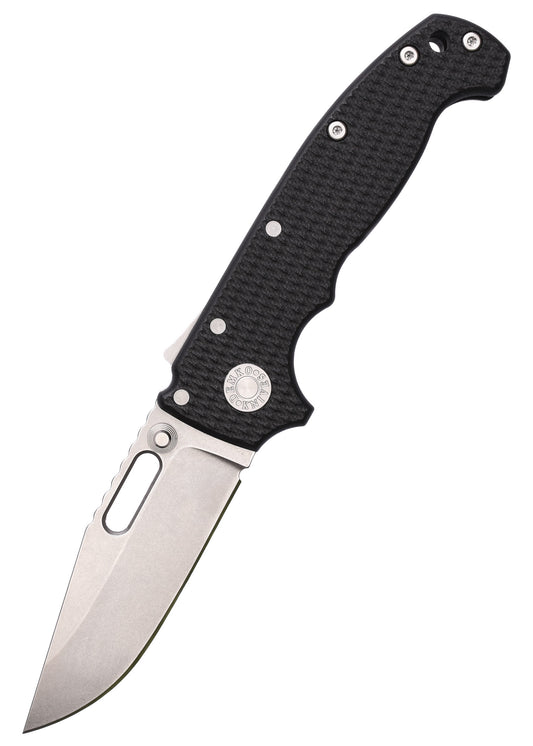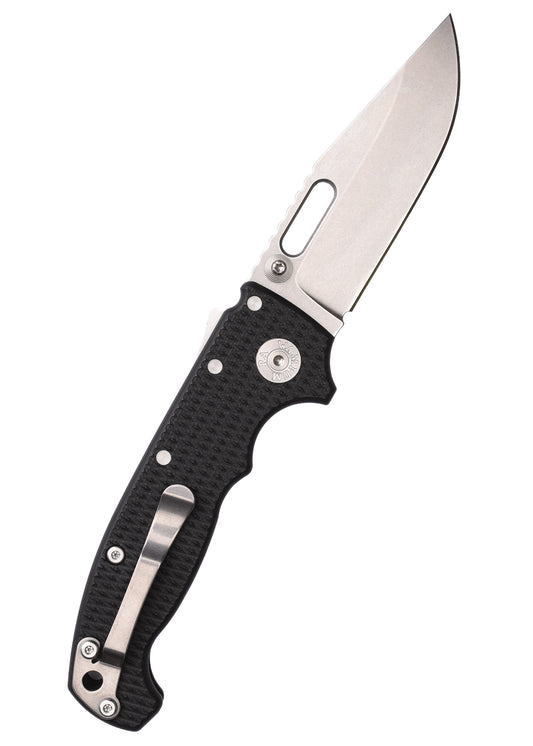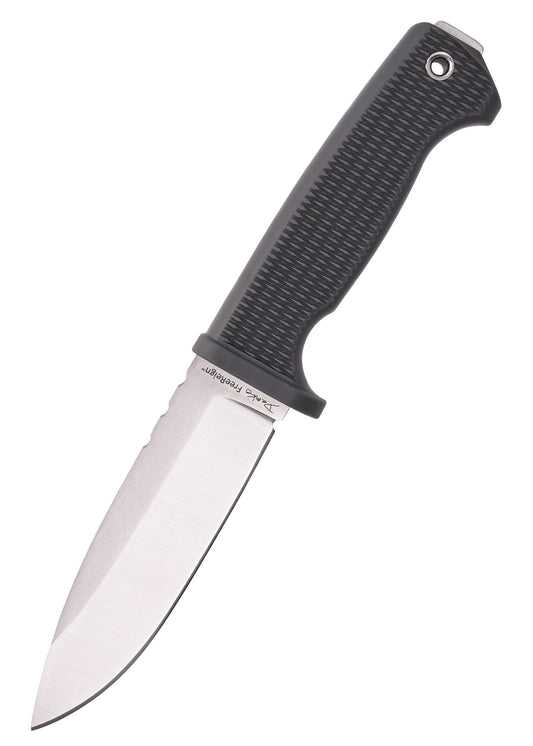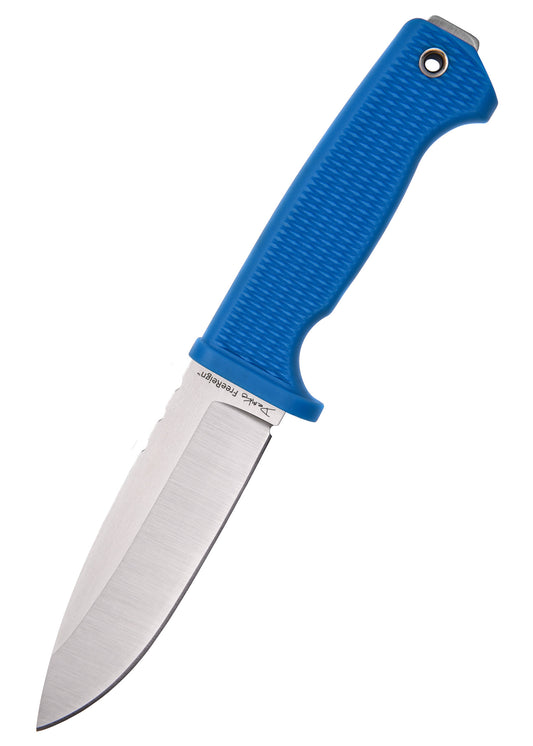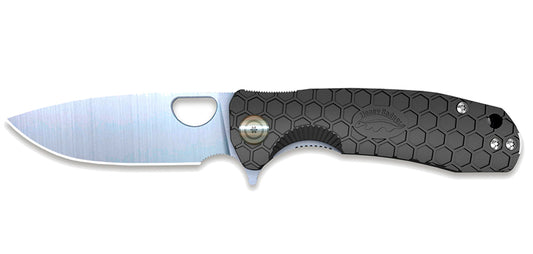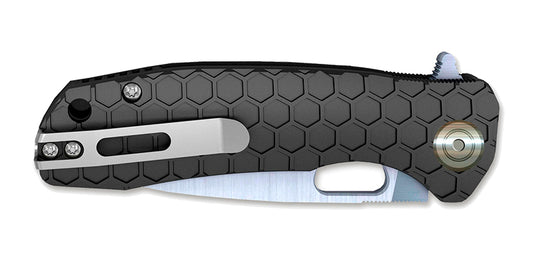-
Mullet fixed blade knife - Toor Knives
Regular price 623,00€Regular priceUnit price / per -
Krypteia fixed blade knife - Toor Knives
Regular price 564,00€Regular priceUnit price / per -
Serpent fixed blade knife - Toor Knives
Regular price 564,00€Regular priceUnit price / per -
Valor fixed blade knife - Toor Knives
Regular price 532,00€Regular priceUnit price / per -
Jank Shank fixed blade knife - Toor Knives
Regular price 432,00€Regular priceUnit price / per -
Viper fixed blade knife - Toor Knives
Regular price 373,00€Regular priceUnit price / per -
ANT folding knife - Extrema Ratio
Regular price From 149,90€Regular priceUnit price / per -
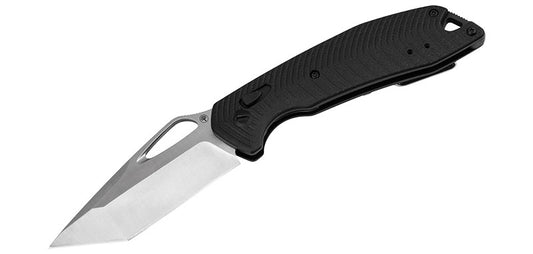
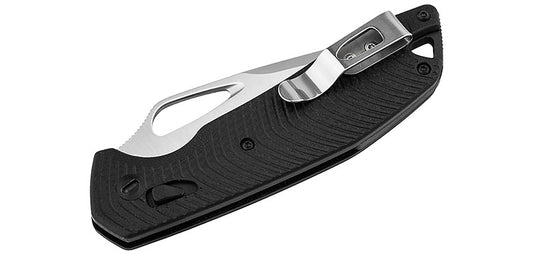 Sold out
Sold outDTK folding knife - Boker
Regular price 129,90€Regular priceUnit price / per -
Helitack folding knife - Kershaw
Regular price 69,90€Regular priceUnit price / per -
Intention II Tanto folding knife - Boker
Regular price 49,90€Regular priceUnit price / per -
OTF Falcon D2 2.0 Automatic Knife - Boker
Regular price 69,90€Regular priceUnit price / per -
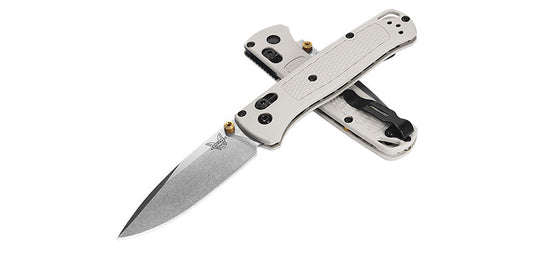
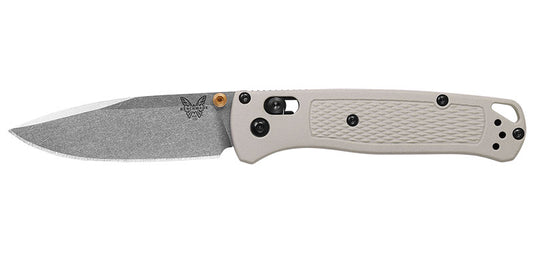 Sold out
Sold outTan Bugout folding knife - Benchmade
Regular price 199,99€Regular priceUnit price / per -
OTF Claymore automatic knife - Benchmade
Regular price 379,90€Regular priceUnit price / per -
Mini Bugout Sage Green folding knife - Benchmade
Regular price 199,99€Regular priceUnit price / per -
Evoke BSH Alox folding knife - Victorinox
Regular price 179,90€Regular priceUnit price / per -
Flipper Clip Point folding knife - Honey Badger
Regular price From 44,90€Regular priceUnit price / per -
Wharncleaver Large folding knife - Honey Badger
Regular price 69,90€Regular priceUnit price / per -
Armiger 4 Tanto fixed blade knife - Demko
Regular price 119,90€Regular priceUnit price / per -
Armiger 4 Clip Point fixed blade knife - Demko
Regular price 119,90€Regular priceUnit price / per -
AD20.5 Shark Foot Schwarz folding knife - Demko
Regular price 249,90€Regular priceUnit price / per -
AD20.5 Clip Point folding knife - Demko
Regular price 249,90€Regular priceUnit price / per -
MGAD 20S folding knife - Demko
Regular price 689,90€Regular priceUnit price / per -
Freereign fixed blade knife - Demko
Regular price 199,90€Regular priceUnit price / per -
Flipper Medium folding knife - Honey Badger
Regular price 44,90€Regular priceUnit price / per
Collection: Knives
Tactical knives, with folding or fixed blade.
Recognized for their solidity, this collection of products has been rigorously selected by our specialists in cutlery and bladed weapons.
What is the best knife for you?
Although a fixed blade knife is durable, folding knives are easier to transport and intimidate fewer people. Most people are also familiar and comfortable with pocket knives.
It's also essential to choose a knife that works when and how you need it. If you spend a lot of time hiking, hunting, or trekking, a fixed blade knife can become an emergency spearhead, emergency shovel, or even a hammer when needed.
On the other hand, if you use your knife to cut rope, sharpen pencils, or open packages, it may not be worth carrying a fixed blade knife.
The history of the knife
What invention has contributed the most to the development of humanity? The bicycle, the printing press or the steam engine? Or Facebook? No, it's probably a knife.
Why did the knife play such an important role in the development of humanity? It allowed its owner to perform tasks that he could not have done without it. Moreover, he could make them in a very short time. The knife therefore gave our ancestors time to develop their skills and communication.
The knife appeared 2.5 million years ago, when human ancestors lived on earth. It is one of the first tools that people on Earth adopted. Since that time, the knife has accompanied man to the present day. It is therefore not surprising that man has a special connection with this instrument.
Since prehistoric times, men have used knives not only to hunt, but also to survive. Later, knives became essential tools for building shelter and preparing food. The first knives were sharp objects only and only gradually evolved into the modern knife we know today.
Technological progress
The first knives were made of wood, bone and stone. Flint, a soft stone easy to shape, played a particularly important role. The discovery of metallurgy made it possible to manufacture metal tools. Knives were made of copper, bronze, iron and carbon steel.
Today, knives are mainly made of steel, ceramic or titanium.
The discovery of stainless steel was an important event in the evolution of the knife. Thanks to him, the use of the knife became widespread, particularly in gastronomy.
The evolution of the knife handle is the subject of a separate chapter. The prehistoric knife did not have a handle, the blade with the cutting edge was held directly in the hand. In the Stone Age, people found that it was best to work with a tool that had a special part designed for gripping, hence the creation of a handled knife.
Originally, the handle and blade of the knife were one. Handles made of other materials only appeared in Celtic culture, around 600,000 BC. The first handles were made of bone. The first handles were made of bone.
Later, wooden, metal and leather handles appeared. Nowadays, a wide variety of materials are used for sleeves, from natural to synthetic. Between the two, we find so-called stabilized materials, which are natural materials (wood, horn, but also others) impregnated with synthetic resin to increase their durability.
In medieval Europe, knives became larger and longer and evolved into the sword. Later, other weapons such as spears and axes appeared, and the knife became a weapon of war.

